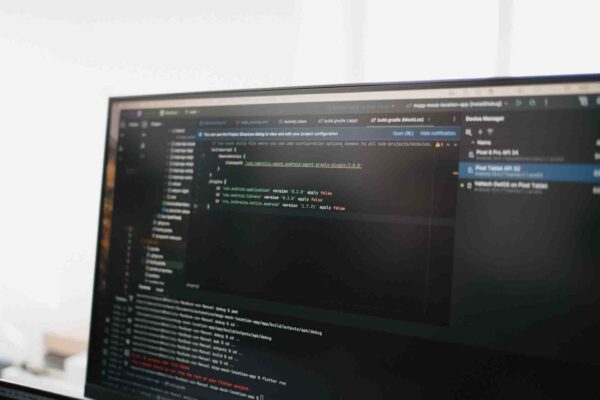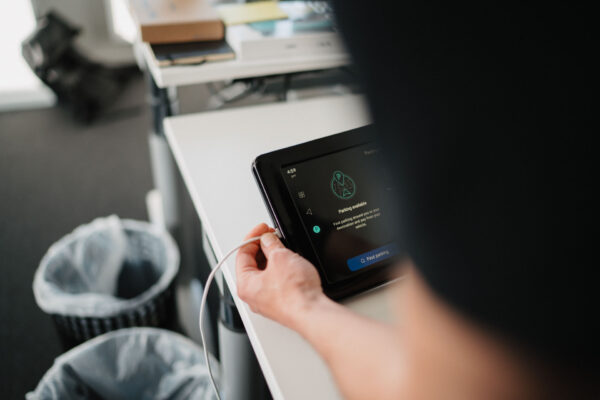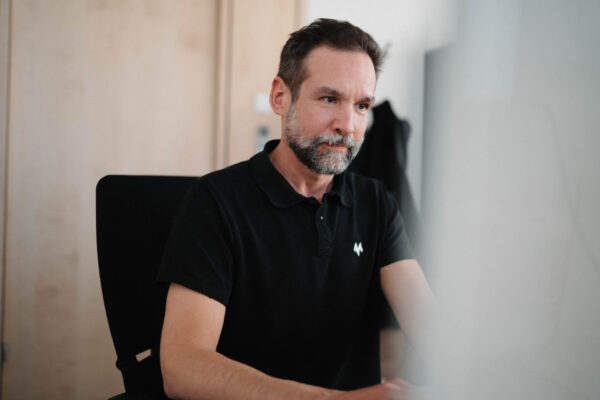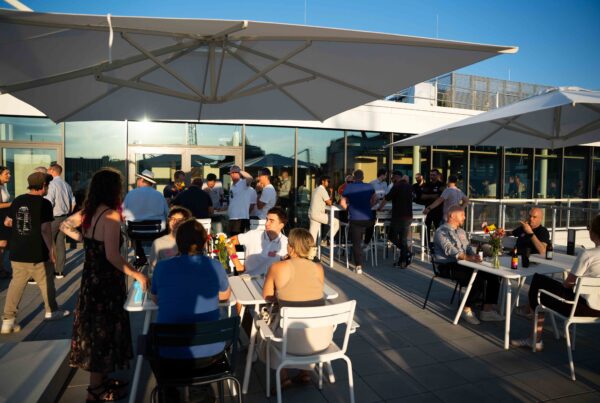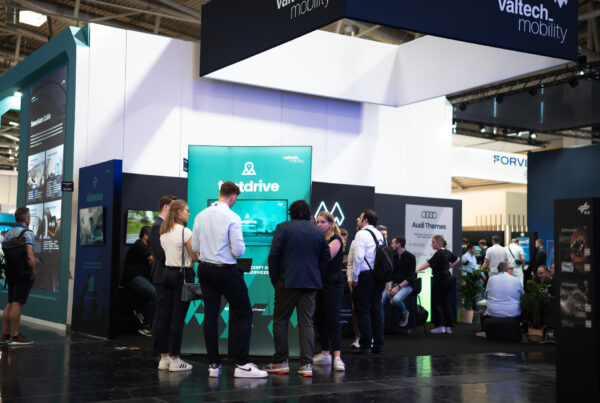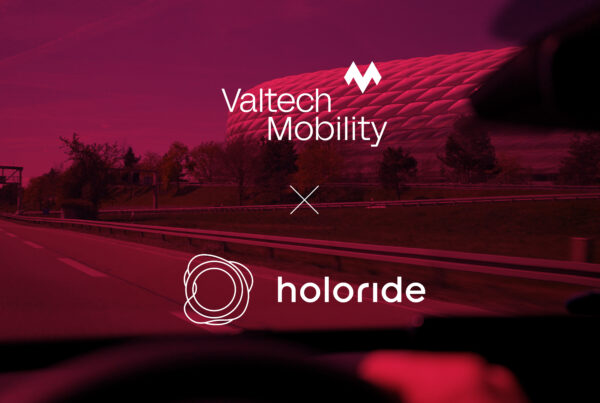
“New connections, elegant shortcuts.”
Senior Developer Manuel Hirschauer is responsible for the development of Android Automotive services at Valtech Mobility. We wanted to find out from him why everyone is talking about the Google operating system and what specific challenges it brings with it.
Why is Android Automotive such a big topic right now?
Basically, the Android operating system with its open Playstore enables OEMs and start-ups to offer a wide variety of apps in the car very quickly without having to develop a proprietary operating system. This also eliminates the need for a lot of individual contracts or integration work. This is a win-win situation for both manufacturers and app developers. And the more widespread it becomes, the more relevant it inevitably becomes.
What does “very fast” mean?
The OEM does not have to develop apps themselves, but can use existing apps from the Playstore. The situation is similar with applications that are not publicly available, such as our Smart Parking app, which we developed with our partner Parkopedia. We can install it directly on any Android automotive system. Depending on the customer’s requirements, we can migrate an OEM-specific design or activate the OEM’s users directly for the app. In this case, the migration only takes a few weeks.
So why doesn’t everyone use Android Automotive?
Data sovereignty is the key issue. All you need to use Android Automotive apps is a Google account. The information that is aggregated via this account is of course passed on to Google. Understandably, some OEMs do not want this, also in view of an impending app monopoly.
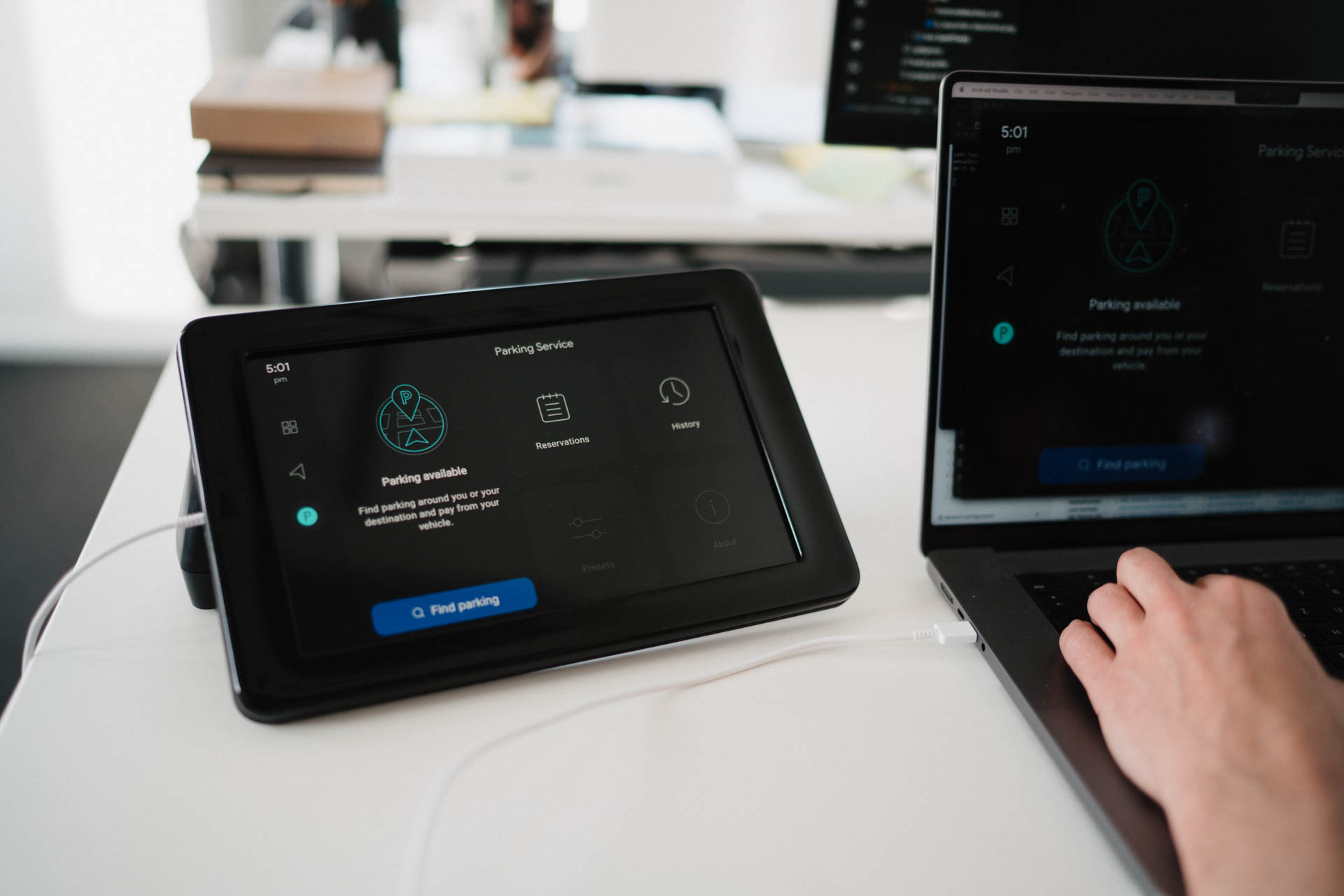
Manuel Hirschauer tests his software on an Android tablet.
And if you don’t use the Google Playstore?
There are two approaches to integrating the Android Automotive OS: Either you use a system fully integrated with Google (‘GAS’) or you develop a more independent system, without Google services, based on Android (‘NON-GAS’).
In the NON-GAS version, the operating system is actually just an Android-based system without Google Automotive Services. This means that there are no Google Maps, no Google templates and no Google Playstore. However, there are alternatives for this, for example in the Harman Ignite Store. For developers, however, this means that they have to supply several app stores for NON-GAS systems.
Another disadvantage of NON-GAS systems is the additional effort required for over-the-air updates, which are covered by the Playstore in the Google Automotive System.
In NON-GAS systems, you either have to use an alternative app store or build the over-the-air update yourself.
To what extent does Android Automotive change the practice of developers in the mobility environment?
Well, we now have the advantage of being able to customize Android Open Source for our needs and test it on Google tablets, where we used to have to rely on complex hardware test setups provided by manufacturers for the respective device generation.
On the other hand, the operating systems we have worked with so far have come from companies with established structures and contacts. If we got stuck as developers or encountered problems, we could always contact someone directly who programmed the operating system.
At Google, on the other hand, you don’t have a fixed contact person, you have to dig through the documentation and find out a lot through trial and error. This currently still has an explorative character. In addition, Android Automotive Open Source has grown steadily over the years; in some cases with development methods that would certainly no longer be used today, but are part of the ecosystem – and you have to deal with that, which brings with it a corresponding excess of complexity.
Sounds adventurous.
It’s not really, partly because none of this is actually new to us. Occasional exploratory work is not unusual in our profession – in fact, it’s what’s most fun. You discover new connections, look for elegant shortcuts. It was extremely satisfying to see that we were able to develop a NON-GAS system with a completely individual design within a few months and demonstrate it live in vehicles at CES 2024.
And, not to forget: You suddenly have to deal with new colleagues and expertise from whom you can learn a great deal yourself. And you have to. Due to the wide range of functions and the complexity of Android Automotive OS, we need a wide variety of expertise in the team – from open source to classic Android development to the backend. I don’t think I’ve ever worked on a project where we needed so many different skills.
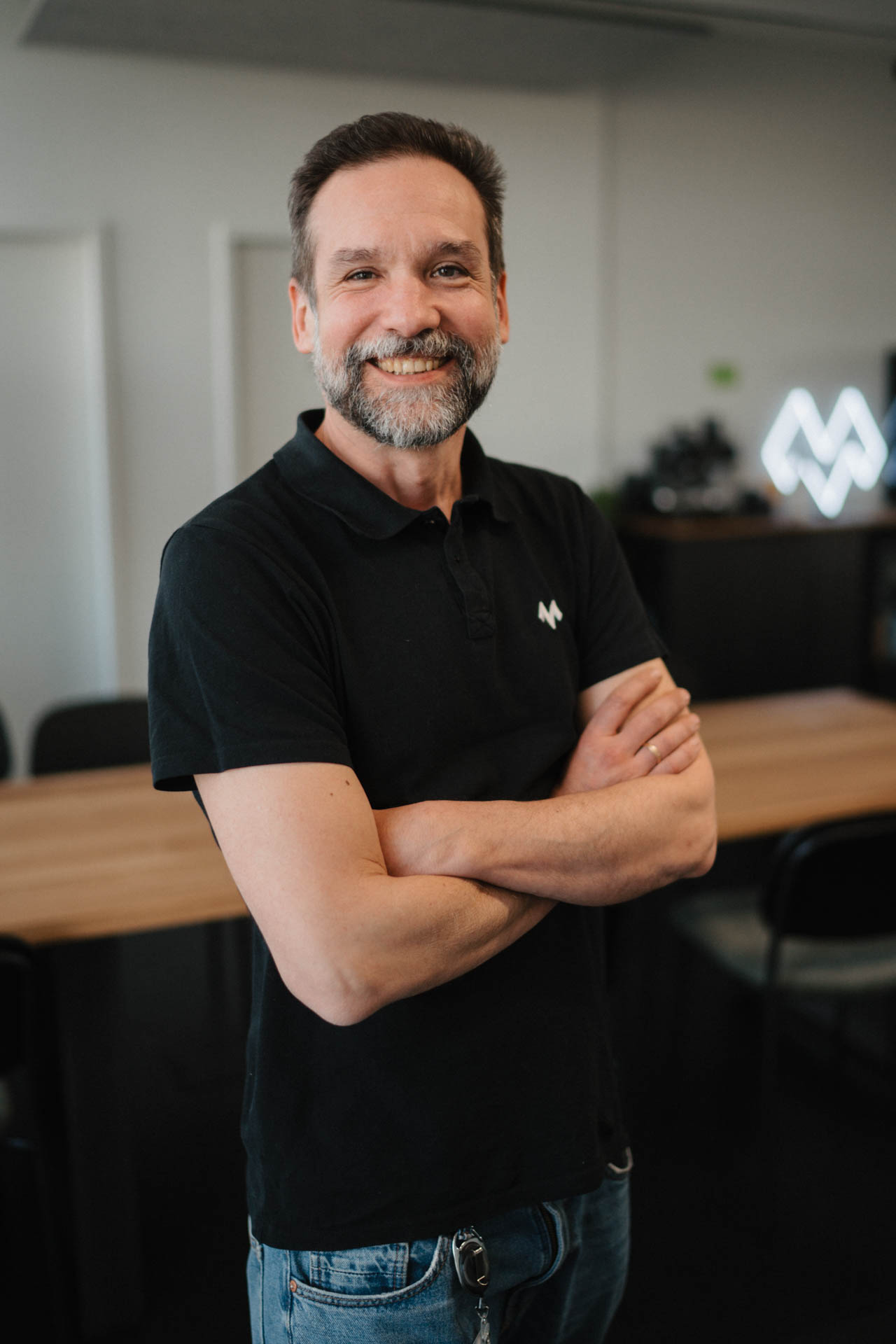
Manuel Hirschauer, Senior Developer Android Automotive OS
